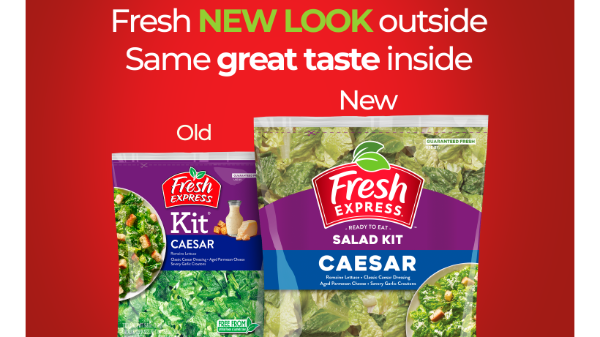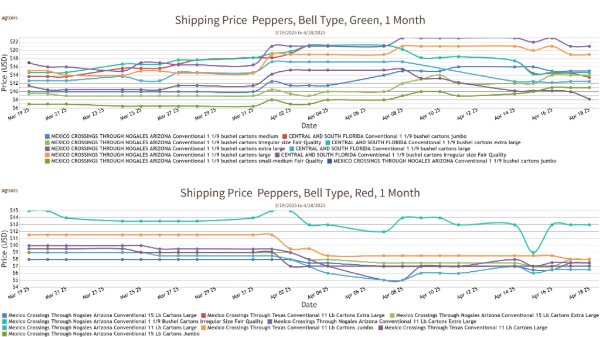Welcome to Blue Book!
Are you ready to join the thousands of companies who rely on Blue Book to drive smarter decisions? View our plans and get started today!
Still have questions? We’d love to show you what Blue Book can do for you. Drop us a line– we’ve been waiting for you.

Already widespread across Asia, Africa, and the Saudi Arabian Peninsula, the disease was first discovered in Brazil the year before its appearance in America.
In Florida, the disease begins to spread quietly from county to county, from one to 12 counties in just over a year.
A few months later, in October 2005, Hurricane Wilma strikes Broward and Palm Beach counties, causing $16.8 billion in damages.
The storm destroys much of the Immokalee Farmers’ Market, forcing the market to close. After years of disputes with the Federal Emergency Management Agency over the cost of the damage, the market finally reopens, seven years later.
Late 2000s
Soaring Growth
Another big issue for grower-shippers in 2006 is the national debate over immigration, which reaches a fever pitch.
The Florida Farm Bureau launches a grassroots campaign, recognizing the need to communicate to Congress and the general public the urgent need for comprehensive immigration reform to allow legal guest workers to harvest Florida (and other state’s) crops. Still unaware of the grave threat to their livelihood, Florida’s citrus growers pack over 133 million boxes of oranges for the 2006-07 season, one not marred by hurricanes with only a few minor tropical storms. Total production is divided almost evenly between Valencia and non-Valencia varieties: 65.6 million for the latter and 63.4 million boxes for Valencias.
SIGNIFICANT SUNSHINE STATE DATES
2004
Florida is slammed with five back-to-back named storms2013
500th anniversary of Florida agriculture2015
Orange production drops to 96.7 million boxes2016
A new robotic strawberry picker, the Pitzer Wheel, is approved for a patent.
By 2007, major tomato producer Manatee County’s acreage has climbed to over 16,500, and combined with Hillsborough County, the two produce nearly 40 percent of the tomatoes grown in the state. This bounty accounts for over 70 percent of all fresh market tomatoes grown in the United States. Both 2008 and 2009 are free from any major hurricanes or damage; instead, growers, researchers, and communities are able to devote time and resources to stopping the spread of HLB.
In 2009 the USDA begins devoting significant research funding to help fight citrus greening in Florida and other affected states.








